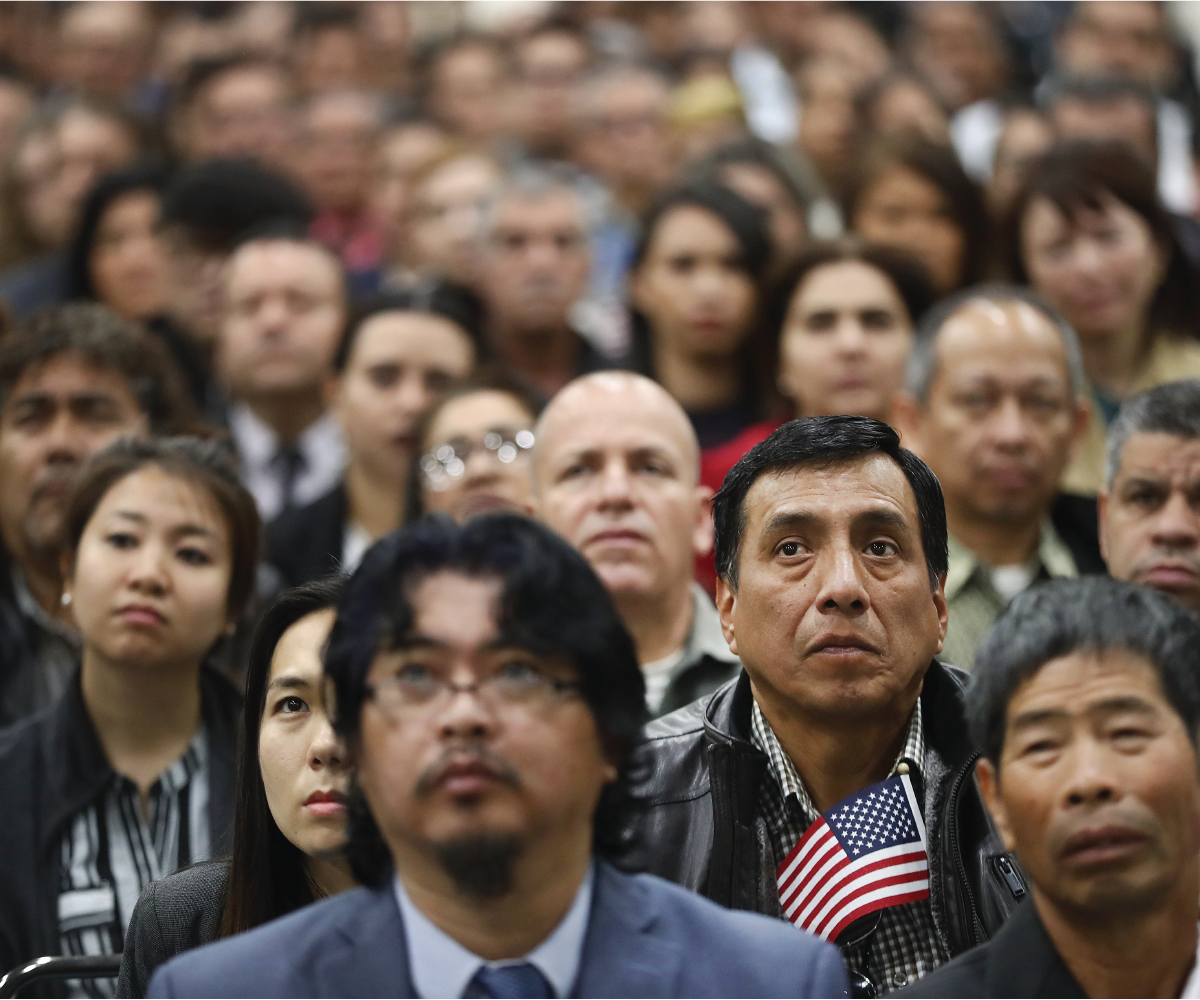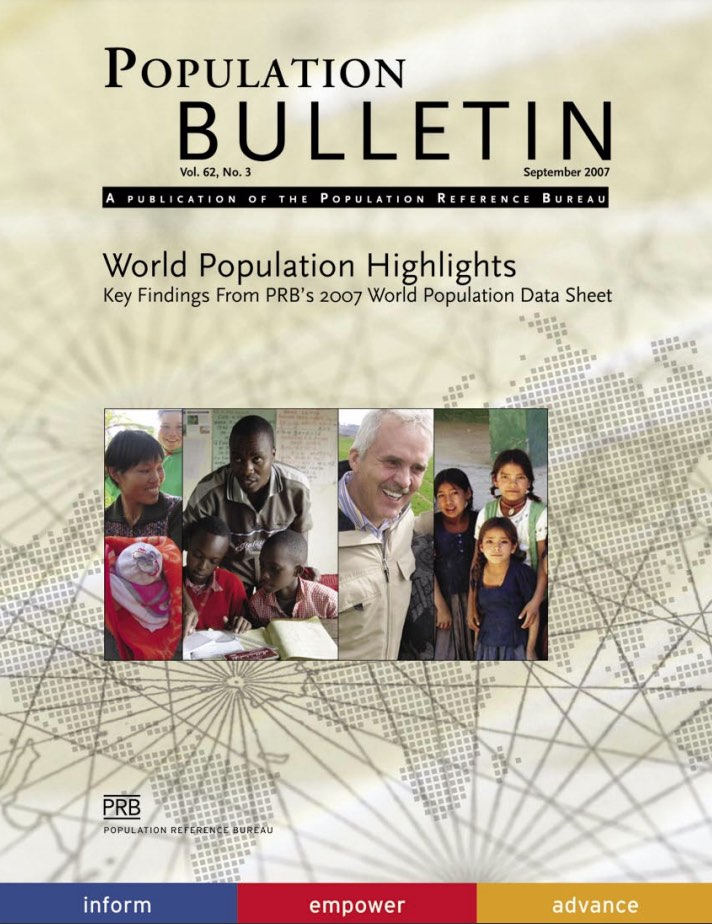Demography and Economics of Aging and Alzheimer’s Disease
PRB summarizes recent research supported by the National Institute on Aging (NIA) of the National Institutes of Health, highlighting its implications for individuals and society.

PRB summarizes recent research supported by the National Institute on Aging (NIA) of the National Institutes of Health, highlighting its implications for individuals and society.
(2006) The "fertility transition"—the shift from large to small families that demographers have observed throughout much of the world—has been remarkably rapid in Morocco, according to a recently released demographic and health survey on that country.
(2010) Family planning is one of the most cost-effective health interventions in the developing world.
(2008) Chronic malnutrition has been a persistent problem for young children in sub-Saharan Africa. A high percentage of these children fail to reach the normal international standard height for their age; that is, they are "stunted."

A century beyond the country’s strictest immigration law, here’s what the data tell us about who’s coming to the United States

Carbon dioxide emissions have grown dramatically in the past century because of human activity, chiefly the use of fossil fuels such as oil and coal, as well as changes in land use such as cutting down forests.
(2008) The U.S. population is aging: The ratio of elderly to the working-age population in the United States will roughly double over the next few decades, straining the finances of the U.S. Social Security system and other government programs.
(2008) Millions of people live in poverty in Latin America, and many young people often face few prospects for a bright future.
(September 2007) The world is on the verge of a shift: from predominantly rural to mainly urban.